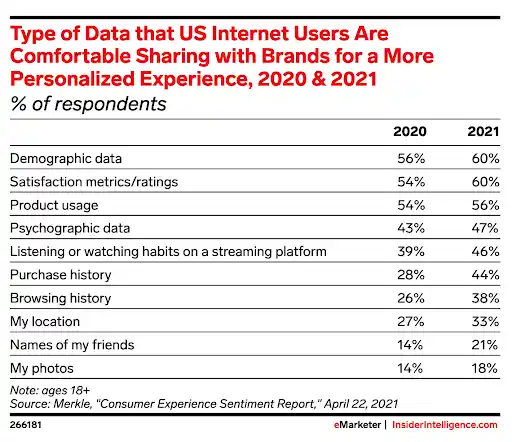It’s time to stop ignoring the warnings. Internet cookies and IDFAs (Identifier for Advertisers) are going away. With this comes a fast-approaching storm: Typhoon Data Privacy. The eye of this very privacy-focused storm is expected to hit landfall early 2022 and cause varying levels of disarray to any business not prepared. In fact, the impact has already been felt off the coast of some digital marketing efforts.
Take heart! A cookie-less existence and the death of IDFA does not have to mean the total leveling of your business. Here are 5 tips from Apiary Digital for battening down the hatches and safely weathering the storm—perhaps even emerging stronger than before.
1. Adopt GA4—now
Stop! Before you do anything else, do yourself a huge favor and reach out to us for help to get Google Analytics 4 (GA4) up and running in your organization. Trust us it’ll be worth it. GA4 is not just a standard update, it’s a completely new platform—a window into the future of analytics with machine learning at the core.
There’s not a lot of risk and much to gain by adopting GA4 now. What’s more, it can be set up in parallel with your current analytics platform. It’ll give your organization time to get familiar with the new environment, and more importantly, give your instance of GA4 the time needed to accrue enough data for useful insights down the road. Check out our quick-start guide to GA4.

2. Embrace a privacy-forward stance
Instead of pulling a ‘Chicken Little’ and lamenting about the sky falling, turn things in your favor by focusing on delivering an excellent customer experience in the form of a strong privacy-forward approach to business. Most consumers actually prefer doing business with companies that prioritize privacy. According to Luxury Institute, 93% of consumers say they’ll switch to a brand that prioritizes data privacy.
3. Reframe your ad strategy
Think of this coming “storm” as an opportunity to reframe how you’re approaching your ad strategy. How are you reaching your target audience? How are you measuring ad campaign success? Consider diversifying your revenue sources by exploring other paid channels like Snapchat or TikTok, which have significant non-overlapping audiences compared with Facebook. That’s not to say there aren’t some things you can do to minimize the impact on Facebook. We recommend:
- Shortening your attribution window to a one- or seven-day click window
- Updating event tracking to reduce the number of pixel events (eight, max)
- Testing ad set level budget optimization
4. Don’t discount the value of email
The concept of leaning on email marketing may seem a bit “yesterday,” but if you stop to think about it, this channel for communicating with current and potential customers is pretty resilient to any future changes with privacy or tracking—and you know those will be coming. Keeping the somewhat bullet-proof nature of email in mind, we recommend leaning on existing email lists to do some segment testing. To grow these email lists, give your customers a reason to opt-into handing over their email or phone number—tactics like sign-ups for free consults or events. Email is also an excellent—and data privacy-safe—way of nurturing and engaging with your audience.
5. Give customers the controls to their data
What’s the most effective way to demonstrate your business is committed to data privacy? Let your customers control what personal data you keep about them. Give them access to update their data any time. This may sound a bit scary, but the truth is, it’s a great way to build customer intimacy and loyalty.

If you’d like help bolstering your digital marketing strategy in advance of ‘Typhoon Data Privacy 2022’ or have questions about how these data privacy changes may impact your business, give us a buzz.

